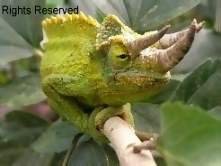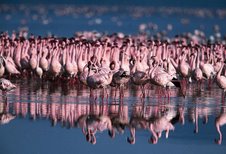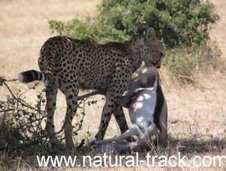Kenya safari: Amboseli National Park
Good news..……...
Wildlife censuses in Amboseli has been completed. And hurraaay!! it is not as bad as was feared. Prolonged drought made naturalists and nature enthusiasts worried. For a while, and rightly so, as many carcasses could be found in the field, scattered. Both wildlife and livestock, nothing was spared.
The census was completed on 4th March 2010, and though official results have not been published yet, preliminary results on key species like wildebeests, Zebras, Elephants among others indicate a healthy population, already on the start to the path of recovery.
The census data collection also included observations on habitat conditions, water distribution, livestock numbers, human settlement patterns, illegal activities, and other attributes associated with the land and the general contribution to changes in the ecosystem.
The census covered the entire 14,000 km square Amboseli ecosystem, including the 390 km square Amboseli National Park and the surrounding community ranches, Nguruman-Magadi area in Kajiado as well as the West Kilimanjaro region up to Lake Natron in Tanzania. The joint aerial operation was succesfuly completed, with the Tanzanian team expected to finish its operation by the weekend.
There was great need to asses the situation of the adjacent lands as they play an itegral part as feeding grounds during certain seasons.
We look forward to the final results next week, see you then.
Update by Simon Njoroge
Kenya safari desk
Natural Track Safaris








